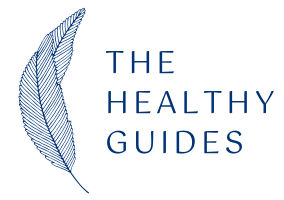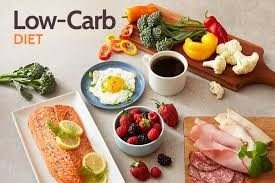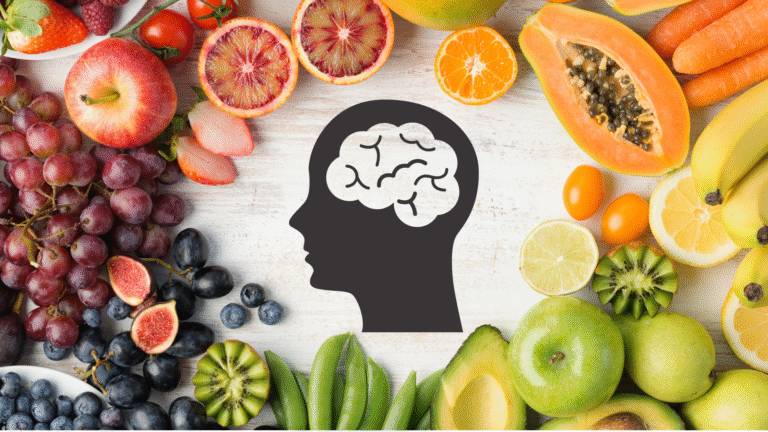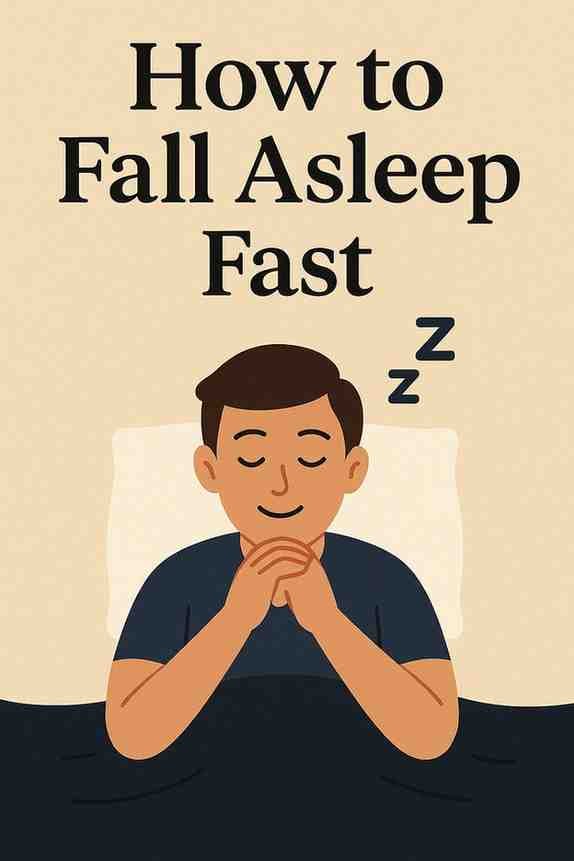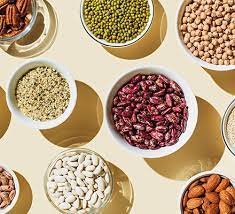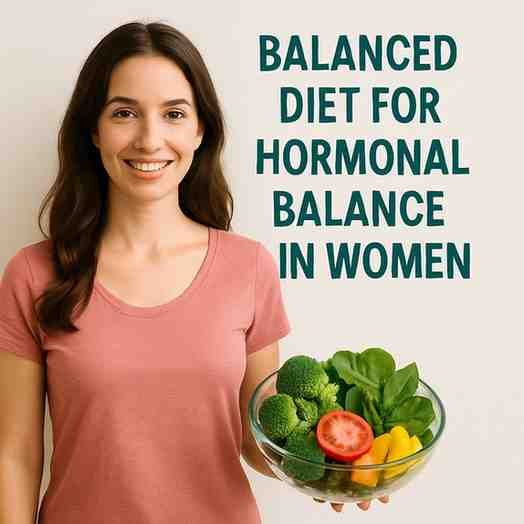Introduction: Why Low Carb Is More Than Just a Trend
The low carb diet has officially gone mainstream. From quick TikTok recipe hacks to dietician-approved meal plans, more and more people are swapping their morning bagel for eggs and avocado. And for good reason: research shows that following a low carb diet can support weight loss, boost energy levels, and improve long-term health.
But if you’re new to this, it can feel confusing. Do you need to avoid fruit? Is cheese allowed? Will you survive without bread? (Spoiler: yes, and you’ll thrive!)
This article breaks everything down in simple steps—covering the science, practical tips, trending meal ideas, and a handy FAQ section. Whether you’re here to lose weight, boost your health, or just figure out how to make low-carb snacks taste good, this is your ultimate beginner’s guide.
Chapter 1: Understanding the Low Carb Lifestyle
What Is a Low Carb Diet?
A low-carb diet focuses on reducing foods high in carbohydrates (bread, rice, pasta, sugar) and replacing them with protein, healthy fats, and vegetables. The idea isn’t to ban carbs completely but to choose smarter, nutrient-dense sources while avoiding the empty-calorie ones.
How “Low” Is Low Carb?
- Moderate low carb (100–150g/day): You can still enjoy fruit and whole grains.
- Standard low carb (50–100g/day): Great for weight loss and steady energy.
- Keto (20–50g/day): Strict carb restriction that shifts your body into ketosis, burning fat as its main fuel.
Chapter 2: The Science of Cutting Carbs
When you eat carbs, your body turns them into glucose, raising blood sugar. Insulin then steps in to store that glucose. The problem? Too many carbs mean too much insulin, which can lead to weight gain and sluggish energy.
By lowering carbs:
- Your body taps into fat for fuel.
- Cravings drop.
- Blood sugar stabilizes.
- You feel fuller for longer.
Chapter 3: Easy Low Carb Breakfast Ideas (Zero Stress in the Morning)
One of the biggest beginner hurdles is breakfast—because let’s face it, cereal and toast are carb bombs. Here are trending low-carb breakfast ideas that are quick, filling, and Instagram-worthy:
- Egg Muffins: Whisk eggs, spinach, and cheese. Bake in muffin tins for grab-and-go breakfast.
- Chia Pudding: Mix chia seeds with almond milk, top with berries. Preps overnight.
- Avocado & Smoked Salmon Bowl: Protein + healthy fat = no 11 AM crash.
- Low-Carb Smoothie: Almond milk, spinach, protein powder, and nut butter.
- Greek Yogurt Parfait: Full-fat Greek yogurt with walnuts and cinnamon.
👉 Tip: Prep 2–3 breakfasts on Sunday night so mornings are a no-brainer.
Chapter 4: Best Low Carb Snacks for On-the-Go
Snacking is often where diets derail, but low-carb snacks can be both portable and satisfying. Stock up on these options:
- Cheese sticks or Babybel rounds
- Beef jerky (no sugar added)
- Boiled eggs
- Almonds, walnuts, or pumpkin seeds
- Celery with peanut butter
- Cucumber slices with cream cheese
- Dark chocolate (85% cacao or higher)
👉 Pro hack: Keep a “snack box” in your bag or desk drawer so you’re never tempted by vending machines.
Chapter 5: Low Carb Diet Shopping List (Budget Friendly Edition)
Eating low carb doesn’t mean emptying your wallet at a health store. Here’s a budget-friendly low-carb shopping list you can grab at any grocery store:
Proteins
- Chicken thighs (cheaper than breasts)
- Canned tuna or salmon
- Ground beef or turkey
- Eggs (nature’s perfect budget protein)
Vegetables
- Frozen broccoli, spinach, cauliflower (cheaper and longer lasting)
- Zucchini, cabbage, green beans
- Bell peppers and cucumbers
Fats & Pantry Staples
- Olive oil or coconut oil
- Peanut butter (unsweetened)
- Almonds, sunflower seeds
- Cheese blocks (slice at home instead of buying shredded)
👉 Pro tip: Stick to the outer aisles of the grocery store—that’s where fresh, low-carb essentials live.
Chapter 6: Low Carb Meal Prep for Busy People
Meal prep saves you money, stress, and last-minute carb binges. Here’s how to make it beginner-friendly:
- Batch cook proteins: Grill chicken or ground beef for the week.
- Prep versatile veggies: Roast broccoli, cauliflower, and zucchini in bulk.
- Use containers smartly: Divide meals into grab-and-go portions.
- Mix and match: Chicken + roasted veggies one day, beef + cauliflower rice the next.
- Quick add-ons: Keep boiled eggs, cheese slices, and guacamole cups handy.
👉 Time-saving hack: Invest in an air fryer—it’s like a magic wand for low-carb cooking.
Chapter 7: Common Challenges (And How to Beat Them)
- Keto flu: Stay hydrated and add electrolytes.
- Carb cravings: Keep low-carb snacks handy.
- Social events: Plan your carbs and don’t feel pressured.
- Eating out: Choose protein + veggies, skip the bread basket.
Chapter 8: FAQs About Low Carb Diets
1. Can I eat fruit on a low-carb diet?
Yes—but choose low-sugar fruits like berries. Bananas and grapes are higher in carbs.
2. How quickly will I lose weight?
Most beginners see results within 2–4 weeks, but it depends on your body and consistency.
3. Do I have to cut carbs forever?
Not at all. Many people use low carb as a “reset” and then add back healthy carbs like quinoa or sweet potatoes.
4. Can vegetarians or vegans do low carb?
Absolutely. Focus on tofu, tempeh, nuts, seeds, and low-carb vegetables.
5. Is low carb safe long-term?
For most healthy people, yes. Always check with your doctor if you have medical conditions.
6. Will I feel tired without carbs?
Initially, maybe. But once your body adapts, most people report better energy and focus.
Conclusion: Your Low Carb Success Blueprint
Starting a low-carb diet might feel intimidating at first, but it doesn’t have to be complicated. With easy breakfast swaps, portable snacks, a budget-friendly shopping list, and a meal prep system, you’ll never feel deprived—or hangry.
Remember, the goal isn’t perfection. It’s progress. Begin by cutting down obvious carb sources (soda, bread, pasta) and replacing them with protein, healthy fats, and veggies. Over time, you’ll notice fewer cravings, more energy, and a waistline that thanks you.
So grab that grocery list, prep some egg muffins, and step confidently into your low-carb journey. This isn’t just a diet—it’s a lifestyle that works with your body, not against it.
High protein breakfasts aren’t just good for your body—they also stabilize mood and energy, reducing anxiety crashes later in the day. Learn more in our Mental Health section.
Did you know that what you eat in the morning can affect sleep quality at night? A balanced breakfast supports stable circadian rhythms—discover more in our Sleep Health articles.
For more tips and support, visit our Facebook page.
